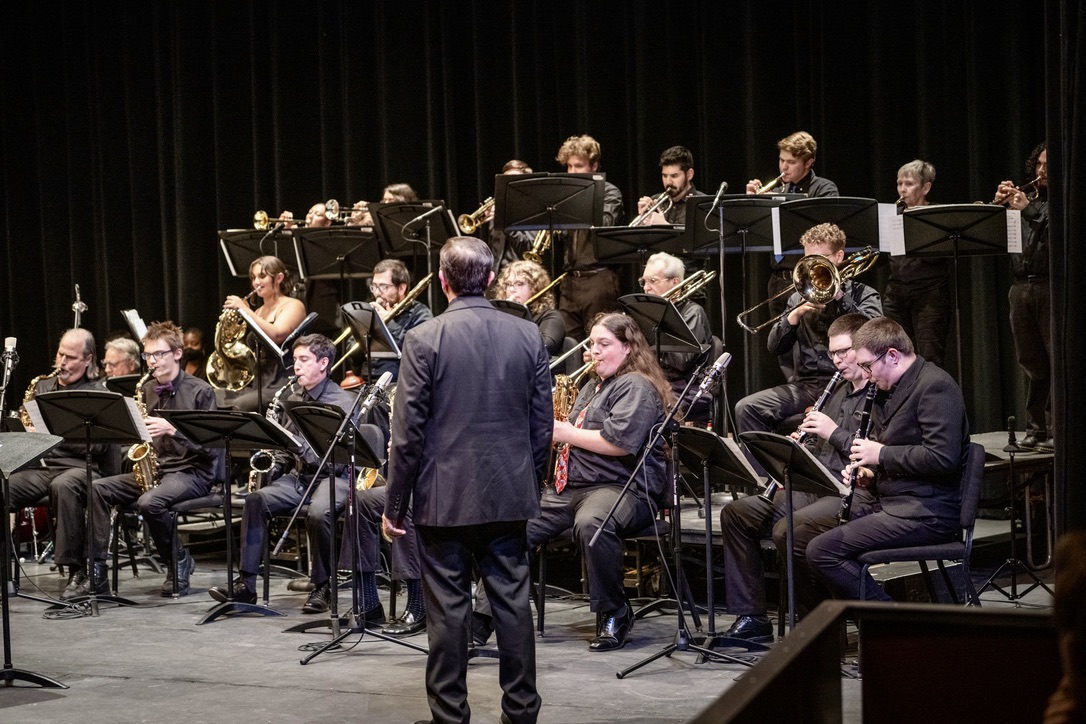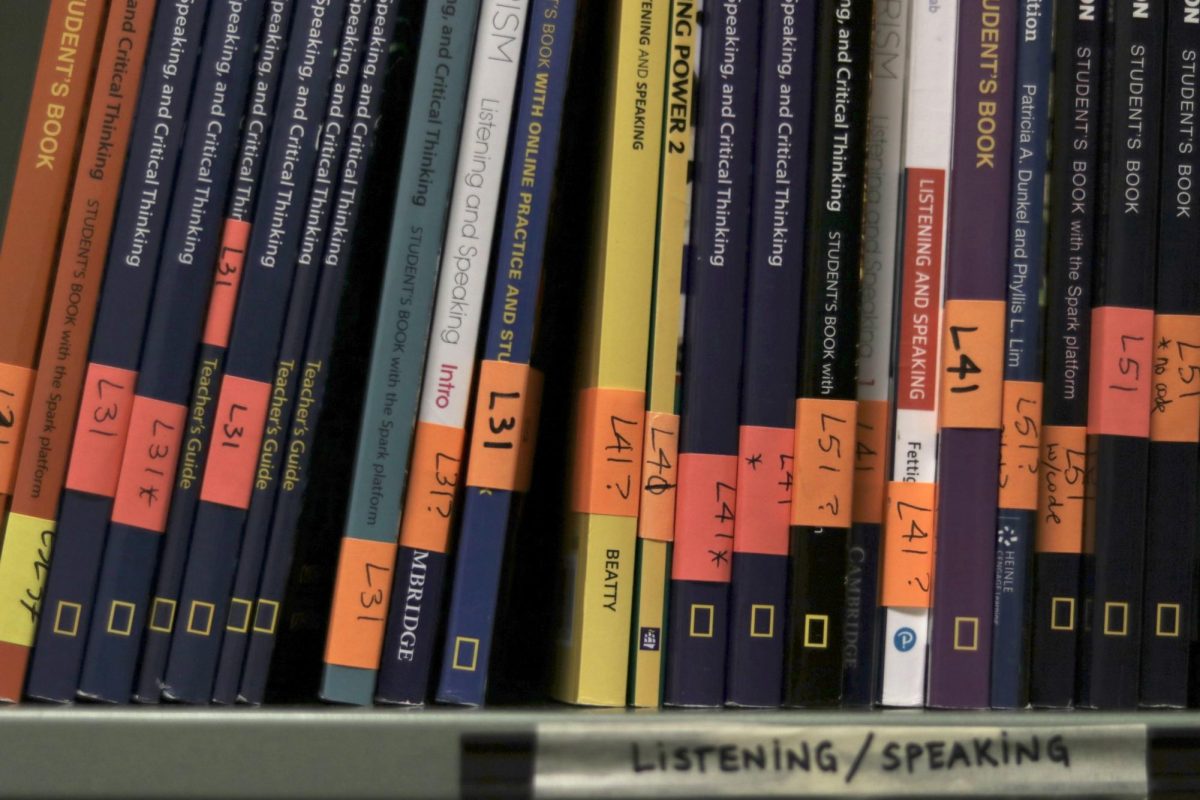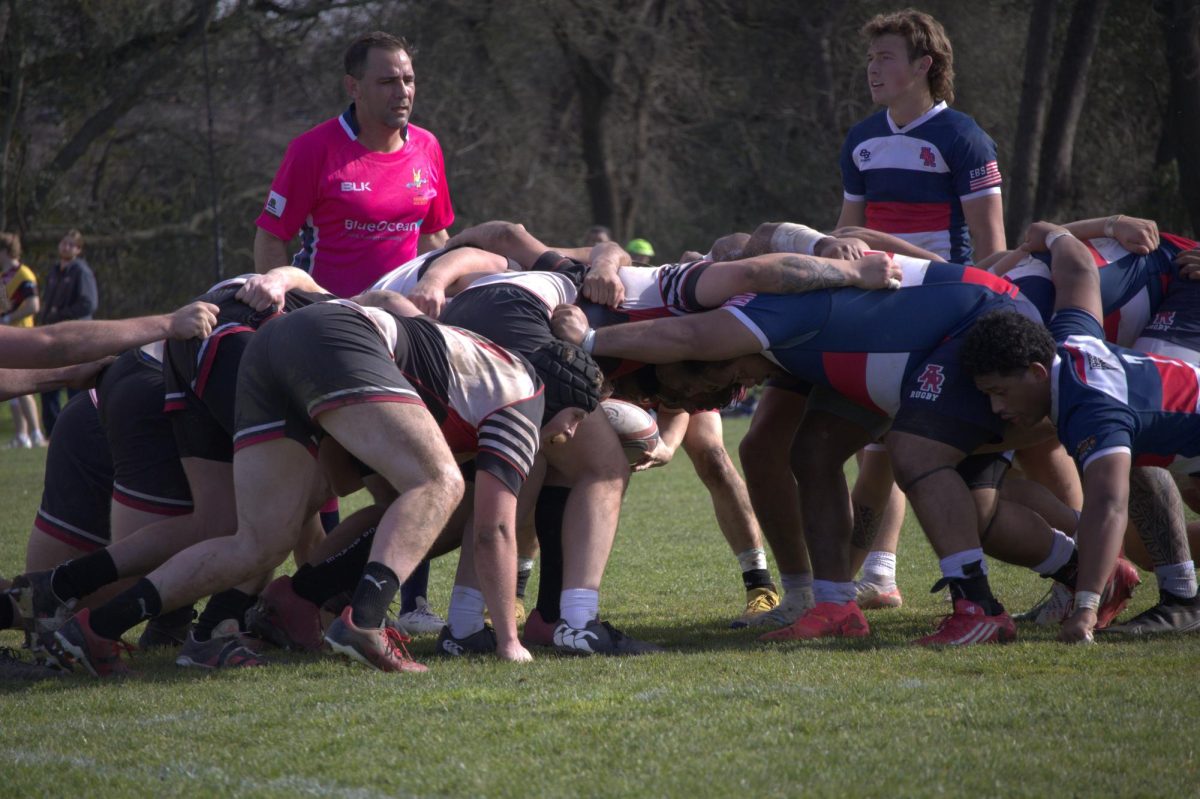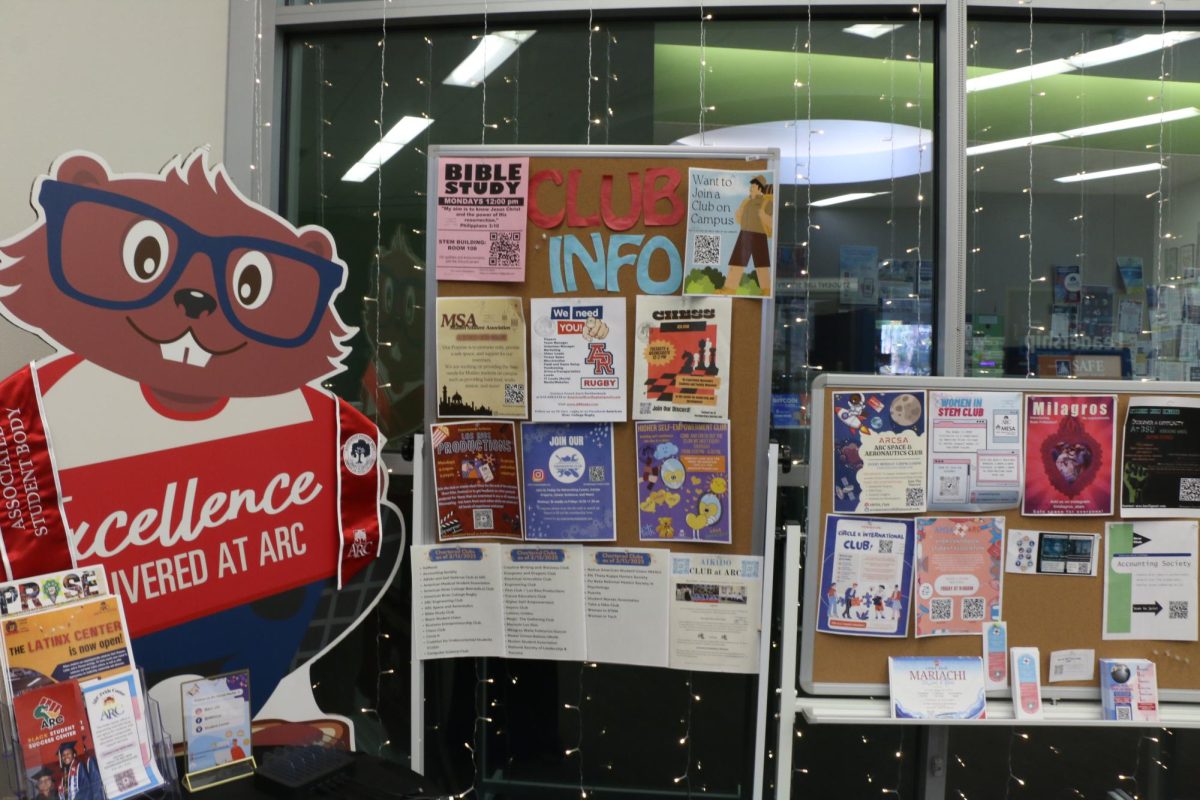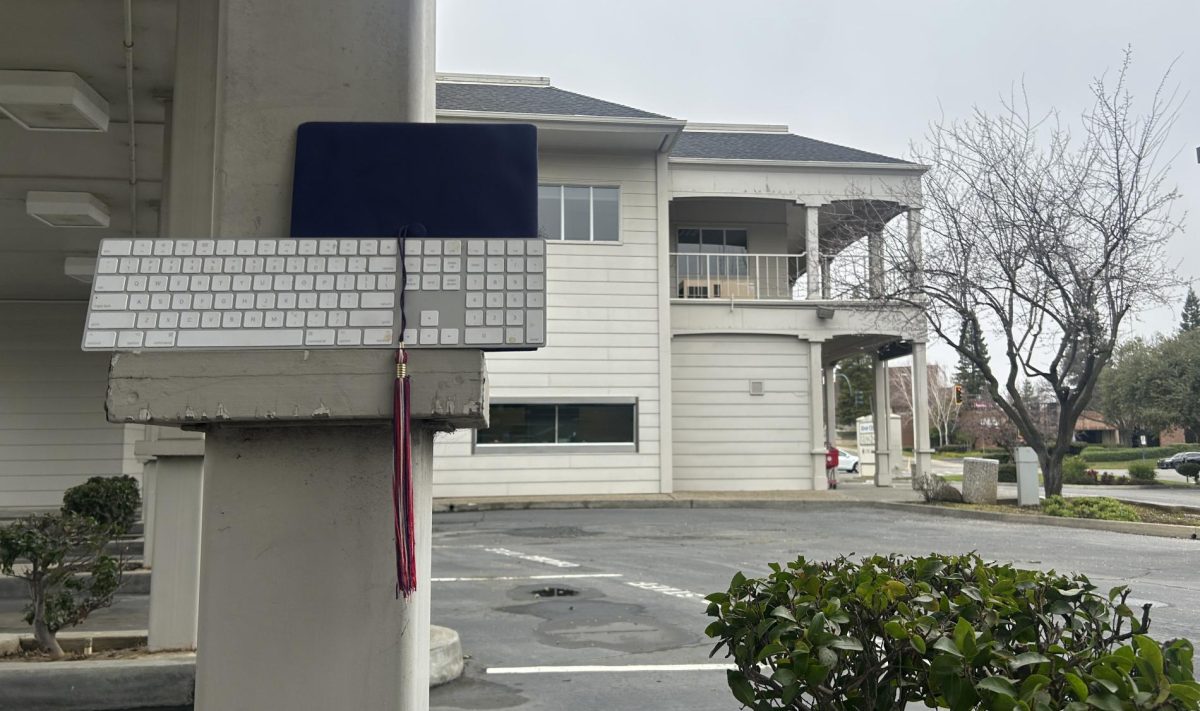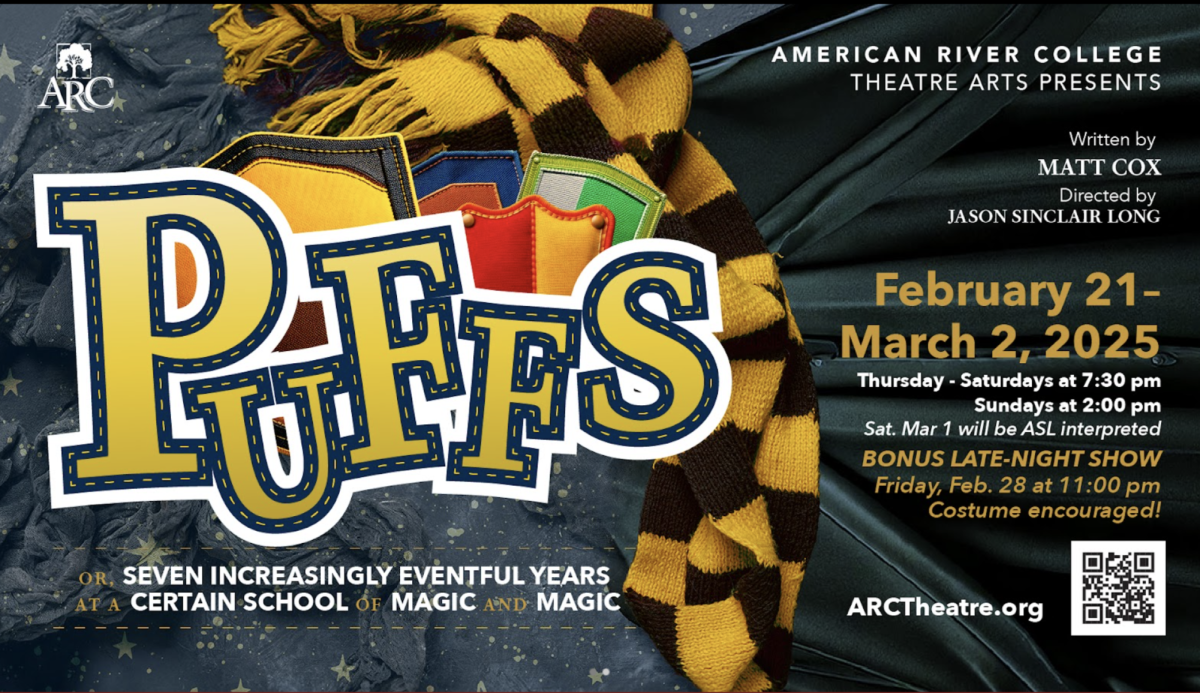People are often advised to avoid community college at all costs because for many it is all too easy to get stuck.
According to a website called Edsource.org, a study done by The Campaign for College Opportunity has concluded about four percent of community college students transfer in two years while 46% transfer in six years. A lot of the times it is because students end up taking more units than they have to, as Edsource.org explains.
In any case, not one reason matches every student’s unique experience in community college and the time it takes to transfer. A change of major, extra classes and lack of knowledge are contributing factors to the delay.
For former American River College student, Fatima Villafranca, it took five years to transfer to Sacramento State University.
“It took me five years because I changed my major like five times,” Villafranca said. “I went from accounting, to business, to fashion, to philosophy, to psychology and then no one directed me on how to do it right.”
This is common within community colleges. Since it is a cheaper alternative to a university, they have the leeway to explore and change what they want to major in. This was true in Villafranca’s case but she also felt that she was not informed enough to make a wise decision about transferring.
“[Counselors] were making me take classes for those majors but they were not telling me to take [general education classes]. Which I should have focused on first,” Villafranca said.
GEs are those classes sometimes students forget that they need in order to transfer to a university and graduate.
GEs are outlined on a yellow sheet students can get from the counseling office on campus or online. The classes listed must be completed along with the lower division classes for the students’ designated major.
Current ARC student, Xochitl Maldonado had a similar experience. Her first counselor advised her to take a class she later found out was unnecessary because it had nothing to do with her major or GEs.
Although neither Maldonado or Villafranca said they relied too heavily on a counselor’s advice to make sure they transfer on time, they both admitted that seeing a counselor, especially one you trust, is important.
“See your counselor every semester. Stay with the same one so that way they know you and you have a relationship,” Villafranca said.
Maldonado feels strongly about finding the right counselor that has your best interest in mind.
“I had one counselor that I loved but he transferred out of here but I feel like if you get one good counselor or you’re aware of what you need then that is easier to bounce-off of,” she said.
Joe Rust, the director of the transfer center, located inside of the main counseling building on campus, recommends students see a counselor at least once a semester to check in.
“[The visit] may not be super-complicated. Just to make sure that everything has been looked at [and to] make sure things haven’t changed,” Rust said. “It is a good time to ask questions and to make sure where you are at in the [transfer] process.”
With the correct support, transferring does not have to be so difficult or daunting of a task.
The transfer center offers help with applications, university tours, and a variety of workshops according to Rust. They also have a representative from University of California, Davis and Sac State come most Mondays and Wednesdays.
Beyond counselors, there are two resources available for students to use on their own to monitor their progress.
One resource is called the Intersegmental General Education Transfer Curriculum, or IGETC as it is more commonly known.
On this sheet, students must take a specific number of units from each category listed in the pattern in order to transfer. The categories include English communication, mathematical concepts and quantitative reasoning, arts and humanities, social and behavioral sciences, physical and biological sciences and at the bottom, two categories specific to a UC or a CSU. If the class a student is taking is within the pattern outlined on the IGETC sheet then the credits count.
Ultimately this is a sheet that serves as a visual representation of what you need to complete to be successful if you are planning to transfer. Counselors can help students fill it out and answer any questions they may have.
Another resource available for students is the website Assist.org, which is a student-transfer information system that reports whether a course’s credits can apply from one California college to another.
This website presents up to date and accurate information when it comes to the topic of transfer.
To search for these classes, students first select the college they are currently attending, then the college they’re planning to attend and then their major. From there it will show the lower division major classes they need to take at their community college.
Here is where students often get stuck: Assist.org outlines lower division courses but not GEs. Students need both their lower division classes and GEs to transfer. Not one or the other. Both resources, the IGETC pattern and Assist.org, when paired can help students map out their college careers.
Ultimately, Students do not have to get stuck in community college. They do not have to become a statistic. If they ask questions, decide on a major, take the classes necessary they can be on the road to the university of their choosing.



